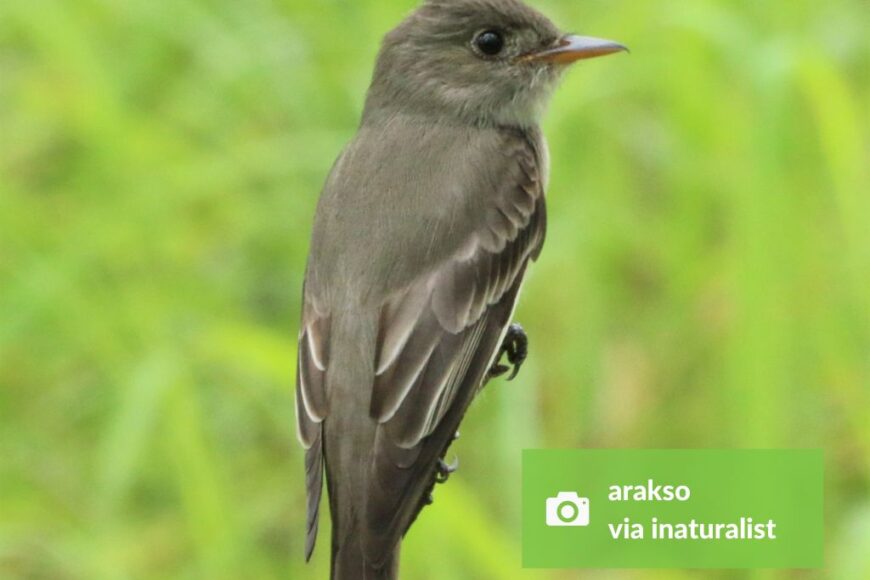Dawson Trail Dispatch, written by Norm Gregoire, October 2022
Page 15 https://issuu.com/dispatch222/docs/dawson_trail_dispatch_october_2022
As October begins many of us start to think of the inevitable winter ahead. In Manitoba you must prepare. It’s time to put on the winter tires, make sure last year’s winter clothes are still in good order, and for those who heat with wood, we have to make sure we have enough to see us through to warmer days. For some this yearly ritual becomes a little much to deal with so we head south, where we can relax without having to think “I hope the car starts tomorrow morning”.
We sometimes use the term “snowbird” for these folks who flock to the south, which is in reference to the millions of birds that migrate to escape the cold as well. However, these birds don’t have the luxury of taking a commercial flight or driving down in an RV but instead must dodge manmade structures and predators, fly through unpredictable weather, and face countless other challenges. For one of our at-risk species, the eastern wood-pewee, they must face this all while flying over 7000 km to their overwintering grounds in South America!
The eastern wood-pewee may have an inconspicuous look at first glance. They have dark grey upperparts with a light breast which occasionally has a light-yellow tone. The long wings have noticeable white bars on them and like most members of the flycatcher family, sometimes a peak is visible on the head. They are slightly larger than a sparrow. What sets the eastern wood-pewee apart from other flycatchers is its call, a slurred “pee-a-wee”.
Flycatchers are one of my favourite families of birds to watch. In the case of the eastern wood-pewee, they are most often observed hunting near an opening adjacent to a deciduous forest. They perch on a dead branch in the mid-canopy and make entertaining flights out to pick off insect prey mid-air. While raising young, they take over one insect a minute! A great neighbor to have in your yard.
A three-inch cup-like nest is built in trees or saplings to raise the young and is a mix of twigs, grass, and bark fibres. To camouflage the nest, the adults will cover the exterior with lichen. The monogamous pair will incubate two to four cream-coloured eggs in about two weeks time, and it takes another two weeks to fledge the chicks.
There are approximately 200,000 breeding pairs of eastern wood-pewee in Canada. This seems like a healthy number but consider that since 1970 there has been an annual loss of three percent. The struggles that come with a long migration play a role in declining numbers, as does the loss of habitat in both the summer and winter range and the shifting patterns of insect prey.
October is a great month to turn our heads to the sky and enjoy the varied birdlife that flies by. It can be bittersweet knowing that you won’t be seeing these migrants until warmer weather returns, and this is especially true for species that are at risk of disappearing like the eastern wood-pewee. Here is to seeing them again soon.
Norm Gregoire
sarcommunityliaison@gmail.com

